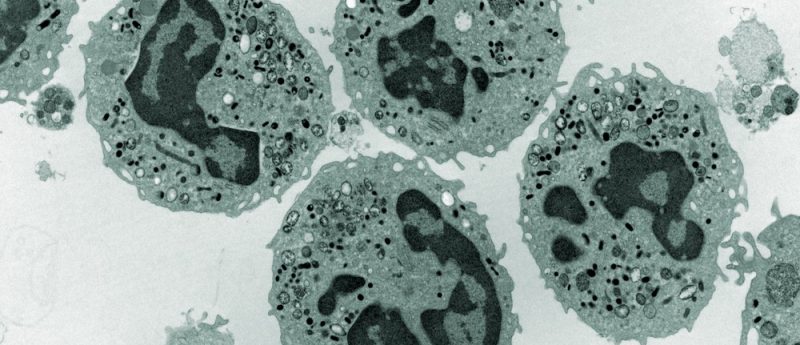Cryo-electron microscopy research awarded Nobel Prize in Chemistry 2017

The 2017 Nobel Prize for Chemistry has been awarded to researchers developing cyro-electron microscopy, a method determining the high-resolution structure of biomolecules.
The prize was awarded to three researchers: Jacques Dubochet (University of Lausanne, Switzerland), Joachim Frank (Columbia University, NY, USA) and Richard Henderson (MRC Laboratory of Molecular Biology, Cambridge, UK). Cryo-electron microscopy enables researchers to freeze and visualize biomolecules at a certain point in time.
In 1990, Henderson enabled the generation of a three-dimensional protein image using an electron microscope. Further developing the research, between 1975 and 1986, Frank developed a method of image processing revealing a sharp three dimensional structure. Then in the 1980s, Dubochet incorporated liquid water that evaporates in the electron microscope’s vacuum, a technique that allows the biomolecule to retain their natural shape.
These three developments have optimized the use of electron microscopy and have enabled the high-resolution structure of biomolecules to be determined.
Source: www.nobelprize.org/nobel_prizes/chemistry/laureates/2017/press.html
